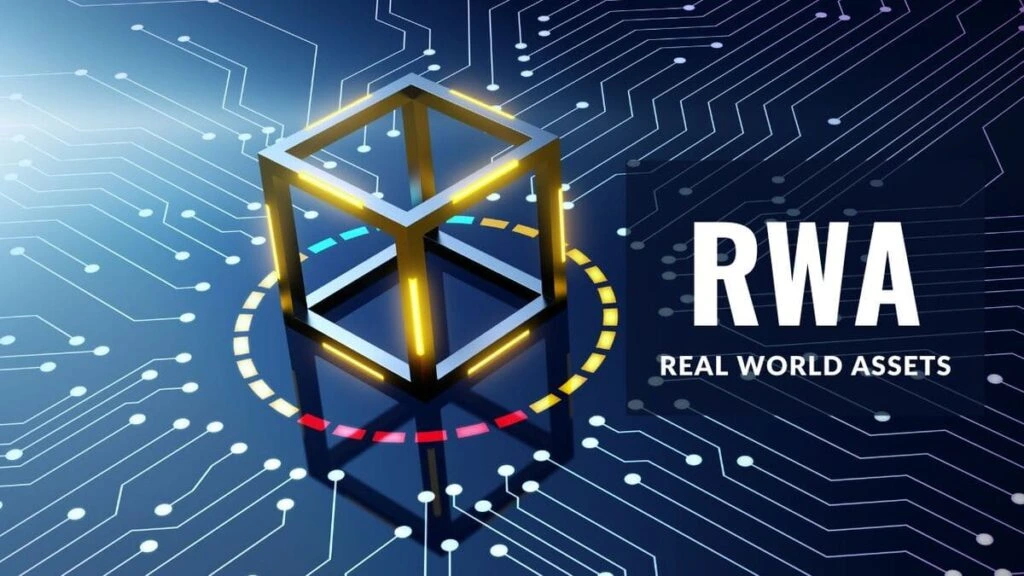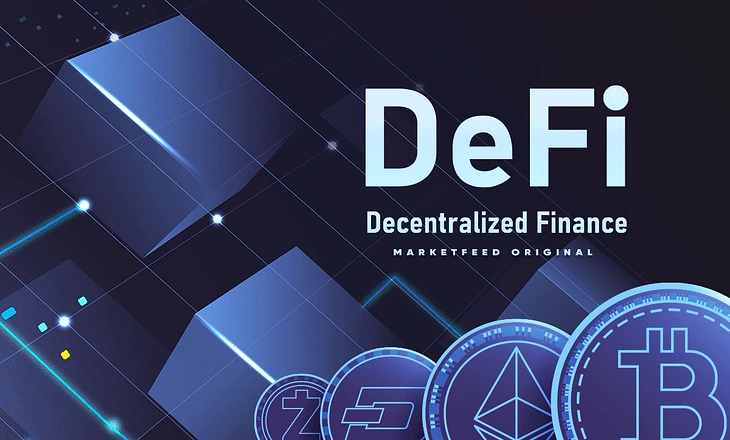Will RWA Disrupt Finance? Here’s What You Need to Know
RWA Disrupt Finance: Pros & Cons Breakdown
The phrase “RWA disrupt finance” is making waves across crypto and traditional finance circles. But is it a meaningful revolution or just another trend? RWA stands for Real-World Assets, and the concept involves tokenizing physical or financial assets—like real estate, commodities, invoices—so they can be traded and managed on a blockchain.
Here’s a breakdown of the upsides and downsides of this emerging movement.


Pros: How RWA Could Disrupt and Improve Finance
1. Increased Liquidity
RWA tokens make traditionally illiquid assets (e.g., real estate, supply chain invoices) tradable 24/7.
- Investors can buy fractional shares of high-value assets.
- Smaller players can enter markets that were once inaccessible.
- Transactions can happen faster without excessive paperwork.

2. Reduced Middlemen
By using smart contracts, RWA platforms can streamline or even eliminate the need for:
- Brokers
- Escrow agents
- Traditional settlement processes
This can lower fees and speed up transactions significantly.

3. Greater Accessibility
Tokenized assets open new doors:
- Global access to assets previously tied to local markets
- Opportunities for underbanked or underserved populations
- Retail investors can participate in what were once institutional-only deals
4. Integration with DeFi
RWAs can be used as collateral or investment products in decentralized finance ecosystems.
- Yield farming with tokenized real estate
- Borrowing against tokenized invoices or bonds
- Diversified portfolios with lower volatility than pure crypto assets

5. Transparency & Programmability
Blockchain adds a programmable layer to assets:
- Immutable transaction records
- Automated compliance (via smart contracts)
- Potential for real-time auditing and reporting
Cons: The Complex Realities of RWA Adoption
1. Legal and Regulatory Uncertainty
RWA disrupt finance—but not without friction:
- Jurisdictions vary widely on asset tokenization rules.
- Are RWA tokens considered securities? Commodities? Something else?
- Without clear guidance, projects risk regulatory shutdowns or fines.

2. Real-World Risk Doesn’t Go Away
Tokenizing an asset doesn’t eliminate its physical vulnerabilities:
- What happens if a tokenized property burns down?
- If an invoice isn’t paid, how is that reflected on-chain?
- Legal enforcement still depends on off-chain systems and contracts.
3. Oracle Problem
RWA tokens rely on off-chain data being fed into blockchain via oracles.
- This creates a single point of failure for data accuracy.
- If the oracle feeds incorrect info (deliberately or by accident), it could lead to mistrust or financial loss.
4. Smart Contract and Custody Risks
- Poorly coded contracts can lead to exploits or lost funds.
- Centralized custodians might mishandle or misrepresent asset ownership.
- Trust in the custodian is still necessary, which contradicts some DeFi principles.

5. Market Fragmentation
The RWA ecosystem is still young and fragmented:
- Multiple platforms with differing standards
- Limited liquidity across projects
- Interoperability is an ongoing challenge
So, Will RWA Truly Disrupt Finance?
There’s no denying the momentum is real. From startups to major institutions, players across the finance world are testing out tokenized real-world assets.
If the technical and legal hurdles can be addressed, RWAs could:
- Create new asset classes
- Reshape capital markets
- Offer broader access to financial tools
But if the infrastructure, compliance, and trust layers don’t keep up, RWA may remain a niche experiment rather than a financial revolution.
Final Takeaway
RWA disrupt finance—but disruption isn’t always clean or easy.
It’s a bold idea that blends blockchain efficiency with tangible economic value. The pros are promising: liquidity, access, efficiency. The cons are real: regulation, risk, and complexity.
Whether you’re an investor, builder, or simply curious, it’s a space worth watching closely.
Because in the next decade, how we define “ownership” and “value” might look very different—and RWA could be at the heart of that shift.
Relevant Link : Here




